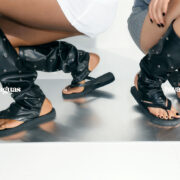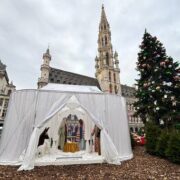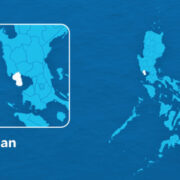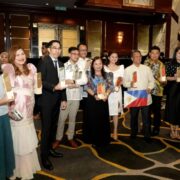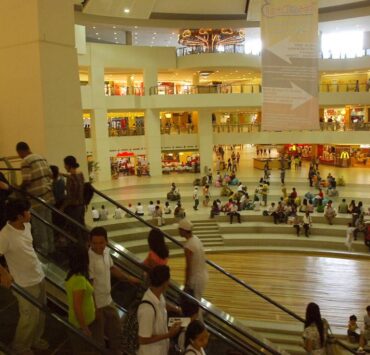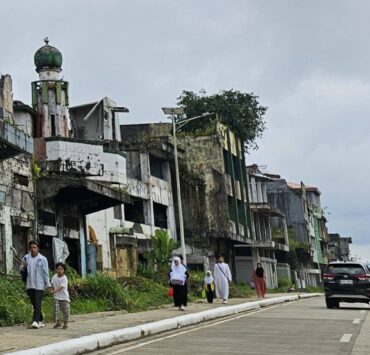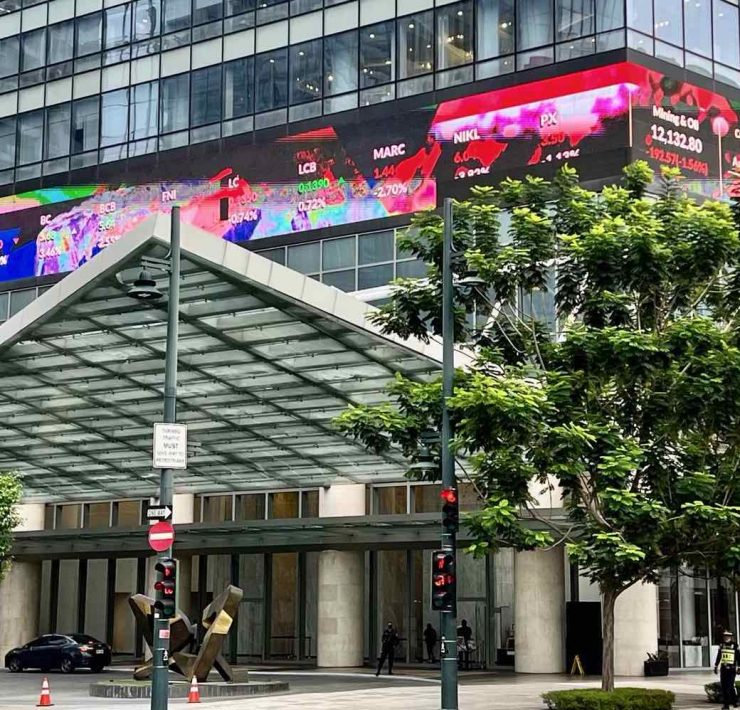In a volatile economic environment, only timeless heritage and trustworthy brands survive
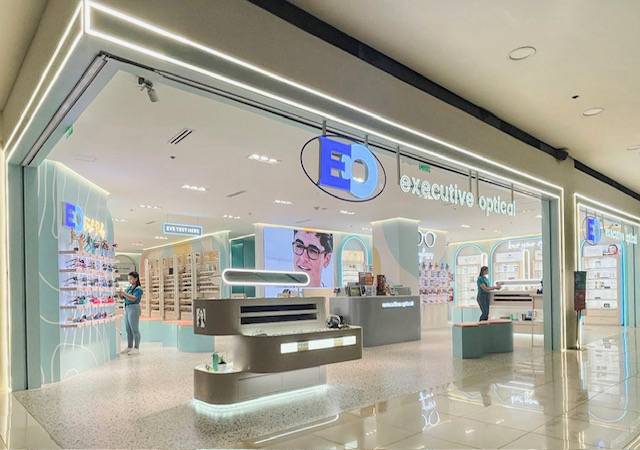
Multilateral institutions International Monetary Fund, World Bank and Asian Development Bank project a world of volatility, driven by trade barrier restrictions, protectionist policies, armed conflicts and geopolitical tensions resulting in market inefficiencies, higher inflation, debt distress, disruption in supply chains, and cautious investments, not to mention, climate change and extreme weather events and a much weaker economic movement in advanced economies.
But the same three institutions paint an optimistic economic environment for the Philippines with a growth forecast ranging between 6 percent to 6.2 percent in 2025. The World Bank, in its January 2025 Global Economic Prospects, cites a 6.1 percent real gross domestic product growth rate for the Philippines, after Vietnam at 6.6 percent and Mongolia at 6.5 percent in the same East Asia and the Pacific regions. This optimistic forecast is the opposite of the tepid world economic growth forecasts made by the World Bank at 2.7 percent in 2025 and 3.3 percent by IMF.
It is no wonder that global and regional brands train their eyes on the Philippines. This puts local commodity products and services — those heritage products and services already with some familiarity but with no pervasive branding — under attack.
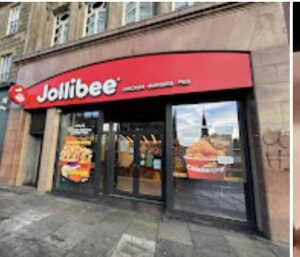
Never too late
It is never too late for Filipino heritage products with no pervasive branding to begin branding. Likely, these products and services have gained some following but there is no sufficient loyal consumer base that allows them to survive in a face-off with new category competitors, more so, take them into the next generation of users.
Brands equal trust
According to research agency IPSOS Global Trends September 2024 Report, consumers are likely to spend their hard-earned money on brands they trust in a volatile economy and a world bombarded with massive information
A Mid-year Consumer outlook Guide to 2025 Report by Nielsen IQ, another global research firm, states that today’s consumers are more discerning and purposeful in their buying behavior, willing to pay the premium for brands that offer them life satisfaction.
Only products and services that are able to tell their stories empathetically to potential consumers, making them a top of mind in the category, have a right to be called a brand.
Esteemed branding guru Kevin Lane Keller states that products or services become brands with customer-based brand equity when these acquire strong, favorable and unique brand associations.
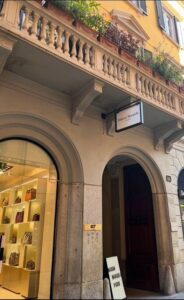
Rising to become a brand
A majority of reputable brands have age and heritage behind them. Moreover, they have been trusted by one generation to the next. The following are some of the ways by which long time commodity products or services can rise to become brands.
Brands are uniquely differentiated in the minds of consumers. Differentiation can happen many ways, among them by product, price, promotions, place and people.
Maison Margiela is a Paris-based fashion house founded 37 years ago by Belgian designer Martin Margiela.
Maison Margiela is able to differentiate by product. The brand is notable for nonconformist, avant-garde, artisanal and deconstructive fashion designs — from shoes, apparel, accessories and unpredictable, sustainable store locations. A most notable line is the Tabi shoe, a split toe shoe wear inspired by the traditional 15th century Japanese sock.
Another heritage brand, EO-Executive Optical, founded in 1968, nearing 60 years and with over 330 branches nationwide, capitalized on a sustained storytelling image and promotions matched by product and trusted expertise of people a.k.a optometrist through an undeniable expert eye care service that transforms a poor eyesight situation into a quality of life event told in witty, humorous truly empathetic life situations.
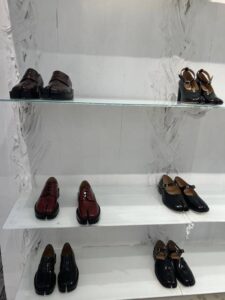
Brand equity elements are sacred to brands
Branding is often measured by customer awareness, familiarity and sustained knowledge of positive associations built by the brand over time. Often, when there are brand acquisitions or when is a personnel turnover of one or more key decision makers, the brand is the first company asset that becomes compromised as new people unfamiliar to the ways of branding make their mark by drastically changing names, logos, logo colors and slogans, almost making the original brand unrecognizable to loyal and potential consumers.
Successful brands often have gatekeepers who draw a veil on the original brand, making refreshing changes only when merited but ensuring that the changes make the brand more relevant to existing and new customers, without at all cost removing all brand elements that continue to make the brand recognizable and successful over time.
Jollibee was founded in 1975 by Dr. Tony Tan Caktiong. Today, after 50 years, the fast food chain brand operates more than 1,500 stores in 17 countries worldwide, with more than 270 international branches.
Jollibee remains true to its brand promise of quality and affordable meals made possible by signature products Chickenjoy, Yumburger and Jolly spaghetti. The Jollibee mascot remains to be a strong proprietary brand association and brand equity element.
Visionary leaders drive brands. Branding is not a one-time tactical short-term effort. It requires sustained building and managing of positive brand associations as brand owners keep tabs of changing consumer behavior, recognize new generations of consumers, rise to the challenges of the marketing landscape geared to protect its market share etc.
As global brands train their eyes on the Philippines, it is but logical for commodity products and services, long time in existence but not yet expansive brands, to protect their market share.
Having a loyal customer base, being a part of a laggard category and having a differentiated consumer proposition that has kept a loyal customer base are good indicators. Likely, the commodity product or service may be ready for the next step of branding.

